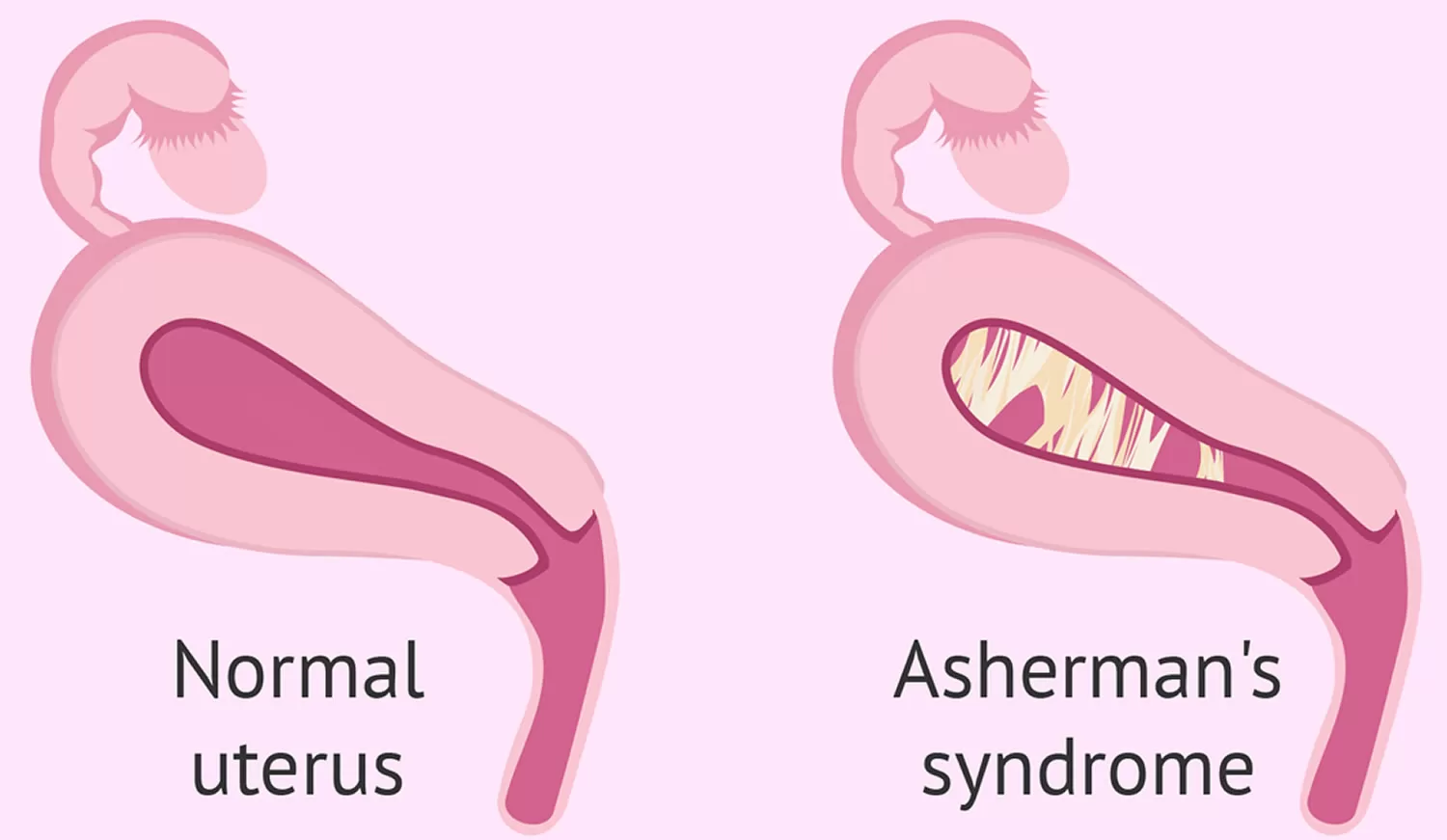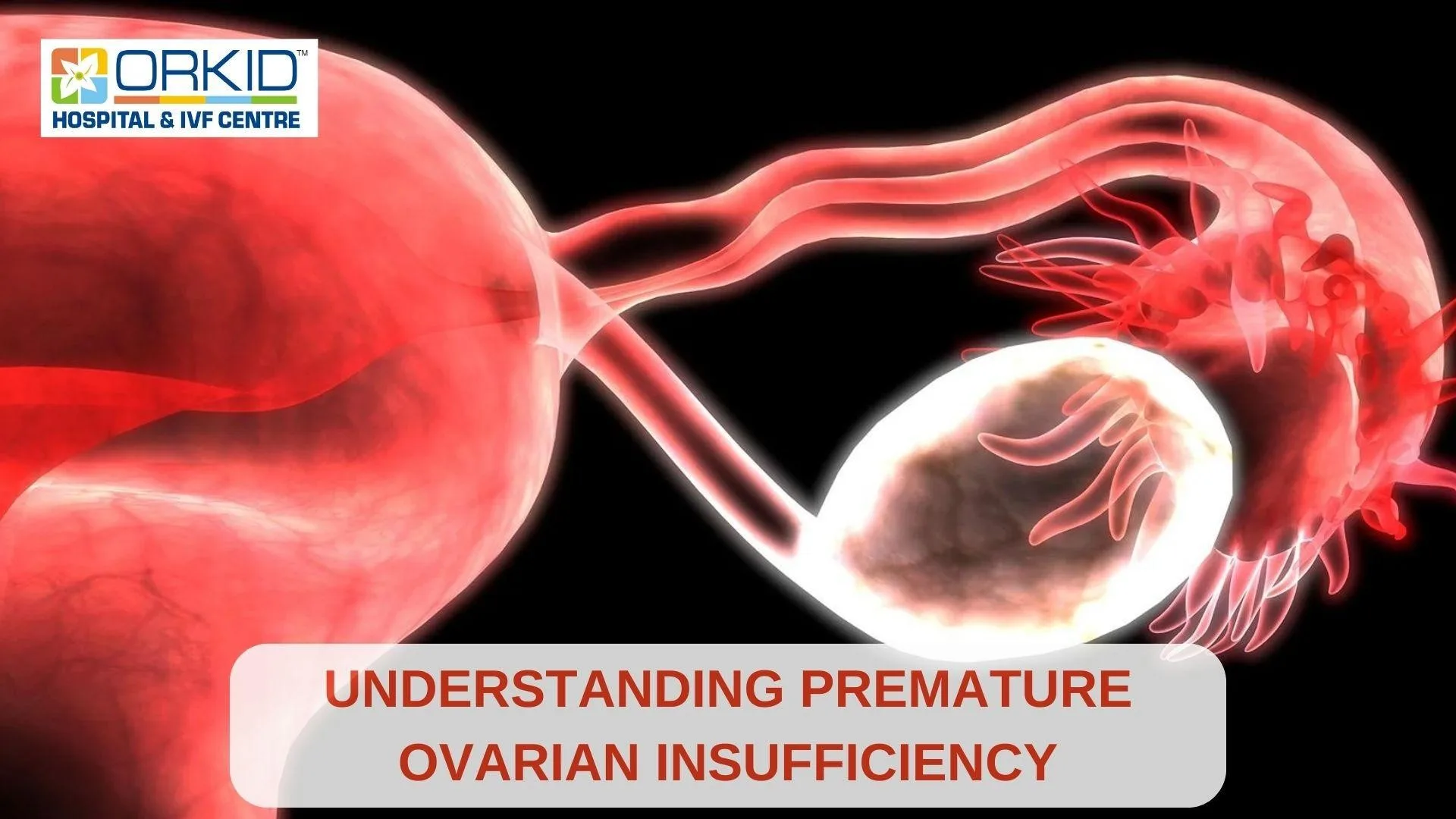Clearing the Air: Debunking Myths Surrounding Test Tube Babies
The term “test tube baby” has long been associated with in vitro fertilization (IVF), a ground-breaking assisted reproductive technology that has helped millions of couples worldwide overcome infertility. However, misconceptions and myths surrounding test tube babies persist, leading to confusion and misinformation. In this blog, Dr Kajal Mangukiya, founder of one of the best infertility centres in Surat, helps us in separating fact from fiction, shedding light on the reality of IVF and its impact on fertility treatment.
Myth: Test tube babies are created entirely in a laboratory.
Fact: IVF involves fertilization outside the body, but conception occurs in the womb.
While the term “test tube baby” implies that the entire process of conception takes place in a laboratory setting, the reality is more nuanced. In IVF, eggs and sperm are combined in a laboratory dish to facilitate fertilization, but once fertilization occurs, the resulting embryos are transferred into the woman’s uterus for implantation and gestation. IVF simply provides a means for conception to take place outside the body before natural pregnancy progresses.
Myth: IVF is only for couples with severe infertility issues.
Fact: IVF can help a wide range of individuals and couples achieve pregnancy.
Fertility experts at Orkid Hospital, one of the best IVF centres in Surat, say “While IVF is often recommended for couples with certain fertility challenges, such as blocked fallopian tubes, low sperm count, or advanced maternal age, it is not exclusively reserved for those with severe infertility issues.”
IVF can also be an option for individuals with unexplained infertility or those who have not had success with other fertility treatments. Apart from this, IVF can also be used in cases where genetic screening or preimplantation genetic testing is desired to reduce the risk of passing on genetic disorders to offspring.
Myth: IVF always results in multiple pregnancies.
Fact: Advances in IVF techniques have reduced the risk of multiple pregnancies.
Though multiple pregnancies were more common in the early days of IVF, advancements in reproductive technology have made it possible to minimize this risk. Today, our experts at Orkid Hospital, which is known as one of the best IVF hospitals in Surat, use techniques such as elective single embryo transfer (eSET) that allow them to transfer only one embryo into the uterus, reducing the likelihood of multiple gestations while maintaining high success rates.
Myth: IVF is guaranteed to result in a successful pregnancy.
Fact: IVF success rates vary depending on various factors.
IVF success rates can vary widely depending on factors such as age, underlying fertility issues, and the quality of the embryos transferred. While younger women generally have higher success rates with IVF, older women may face greater challenges due to age-related declines in fertility. It’s essential to approach IVF with realistic expectations and to work closely with doctors from the best test tube baby centre in Surat to understand individual chances of success based on personal circumstances.
Myth: IVF is a painful process.
Fact: IVF discomfort is typically mild and manageable, and advances in technology have made the procedure more comfortable.
Discomfort during IVF is usually minimal and temporary. The most common discomfort may include mild bloating, tenderness at the injection site, or occasional headaches. The egg retrieval procedure, performed under sedation, may sometimes cause some cramping or discomfort afterward, but it is generally well-tolerated. Advances in anaesthesia and procedural techniques have made the IVF process more comfortable than ever before, with many patients reporting minimal discomfort throughout their treatment journey.
Myth: IVF always results in “test tube babies” with health problems or abnormalities.
Fact: IVF babies are as healthy as naturally conceived babies.
Research studies have consistently shown that babies conceived through IVF are just as healthy as those conceived naturally. While there may be a slightly higher risk of certain complications, such as preterm birth or low birth weight, these risks are often associated with underlying factors such as maternal age or pre-existing health conditions rather than the IVF procedure itself. Fertility hospitals adhere to strict guidelines and protocols to ensure the safety and well-being of both parents and babies throughout the IVF process, from ovarian stimulation to embryo transfer and beyond.
Conclusion:
IVF has provided hope and opportunity for countless individuals and couples struggling with infertility, offering a path to parenthood that is safe, effective, and ethically sound. It is important to separate fact from fiction and address common misconceptions, so that individuals can make informed decisions about their fertility journey and embrace the possibilities offered by modern reproductive medicine.











